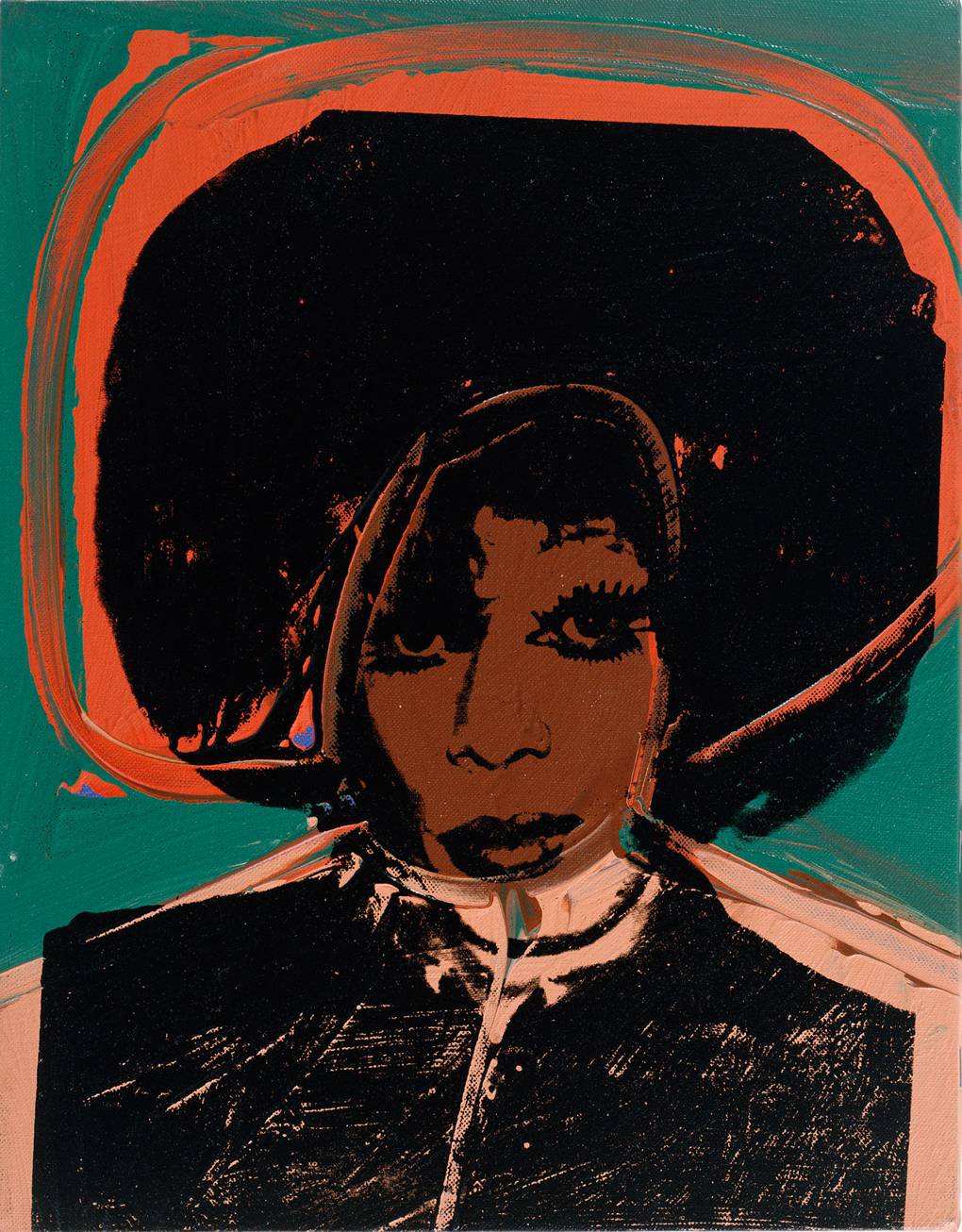
Inside the Tate Modern's new celebration of Andy Warhol's glittering career

What fun it is to drop in on Andy Warhol’s world at Tate Modern!
There, in room 5 of this new and excellent show, are the Silver Clouds he exhibited in 1965, a barrage of free-floating silver helium balloons, rising and falling and bringing vivid smiles to the face of a young blonde child brought along by her equally enraptured mother.
And there, in room 6, is what’s called Warhol’s Exploding Plastic Inevitable, a room created to give some sense of the scene at a 60s velvet Underground happening: as I’m Waiting For My Man plays, film of the fabulous Nico flutters on one wall, overlaid with mild S&M images, while scenes of Andy and Lou Reid sprawling round the Factory flicker elsewhere and trippy lights and oil gels emblazon other surfaces. A show, as Lou Reid put it, made for freaks, by freaks.
Because Andy Warhol was, on many levels, a freak: intensely shy; bedridden with St Vitus's Dance as a child; always distressed about his appearance; the wearer of a range of silver wigs; not just a Catholic but a follower of the obscure Byzantine Ruthenian Catholic Church; outlandish enough to make a film, Sleep, in 1963 that consists of just that – mesmerising (or intensely irritating, depending on your mood) images of his then lover, John Giorno, sleeping.
But he was also electrifying in his genius. Room 3 is, effectively, the Greatest Hits room, in which you’re reminded of the sheer oomph (and sheer size) of his quadruple Elvis; of how eye-grabbing the two silk-screened images of Marlon Brando are, the one sitting on top of the other, both huge on one side of an even huger brown canvas; of how devastating are the two examples of multiple, repeated images from the Death and Disaster series, one of a car crash, another of a young woman leaping from a window to her fate. Here too are the multiple Coca Cola bottles, with a caption reminding us of Warhol’s shrewd aperçu – that America is a country where the richest and the poorest, the most powerful and the most oppressed share in a common consumerism, drinking Coke. And here too are the Brillo boxes, the multiple Marilyn Monroes and – movingly – the Jackie Kennedy frieze.
All this – the balloons and the Exploding Plastic Inevitable included – come before he was shot by the crazed Valerie Solanas in 1968 – the room devoted to that includes a stunning photograph of Warhol’s wounds by Richard Avedon. His work afterwards is more commercial and more deliberately an affirmation of celebrity culture: the Debbie Harry portraits, the Mick Jagger portraits, the Dolly Parton portraits – even his vast, and oddly affectless, Chairman Mao. More subversive is his oxidised pee painting, and more amusing the photographs of him vacuuming a gallery in a form of performance art. Most ridiculous is a vitrine of his wigs, looking for all the world like road kill.
The last room is his vast (and again multiple and repeated) rendering of Leonardo’s Last Supper – Sixty Last Suppers. On the excellent audio guide, the show’s curator, Gregor Muir, speaks convincingly of its coldly mechanical, morbid quality. Warhol was in great pain when it was first exhibited in Milan in February 1987, just across the way from the ‘real’ Last Supper. Two weeks later he was dead, aged 58, when complications set in after an operation he’d been loath to undergo. It’s a powerful ending to a strong – and not too big – show. Catch it before you catch Coronavirus.
Andy Warhol runs from 12th March – 6th September

LADIES AND GENTLEMEN (HELEN/HARRY MORALES), 1975

GREEN COCA-COLA BOTTLES, 1962